2020 Father’s Day gifts for Dad
Keep Dad comfortable, entertained, and productive with these great products. We’re counting down to Father’s Day 2020 with these awesome deals!
Keep Dad comfortable, entertained, and productive with these great products. We’re counting down to Father’s Day 2020 with these awesome deals!
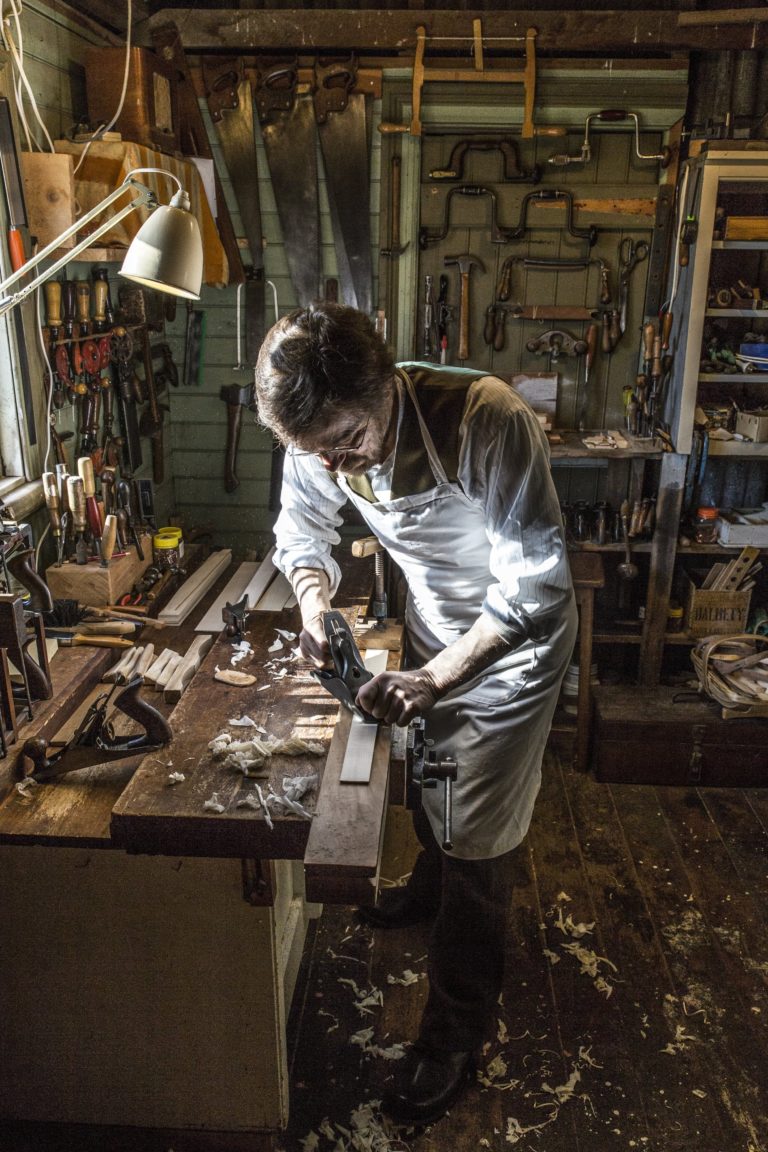
Asked why he has spent the best part of 20 years producing garden trugs, besom brooms, bentwood log carriers, wooden pitchforks, and rakes, he says he’s always had an inbuilt love of wood, of trees and the desire to work with his hands. “I was brought up on a farm in North Otago and in the Moeraki village.
My parents valued things like gardening, sewing, and cooking, and being self-sufficient. And those values were inculcated in me.
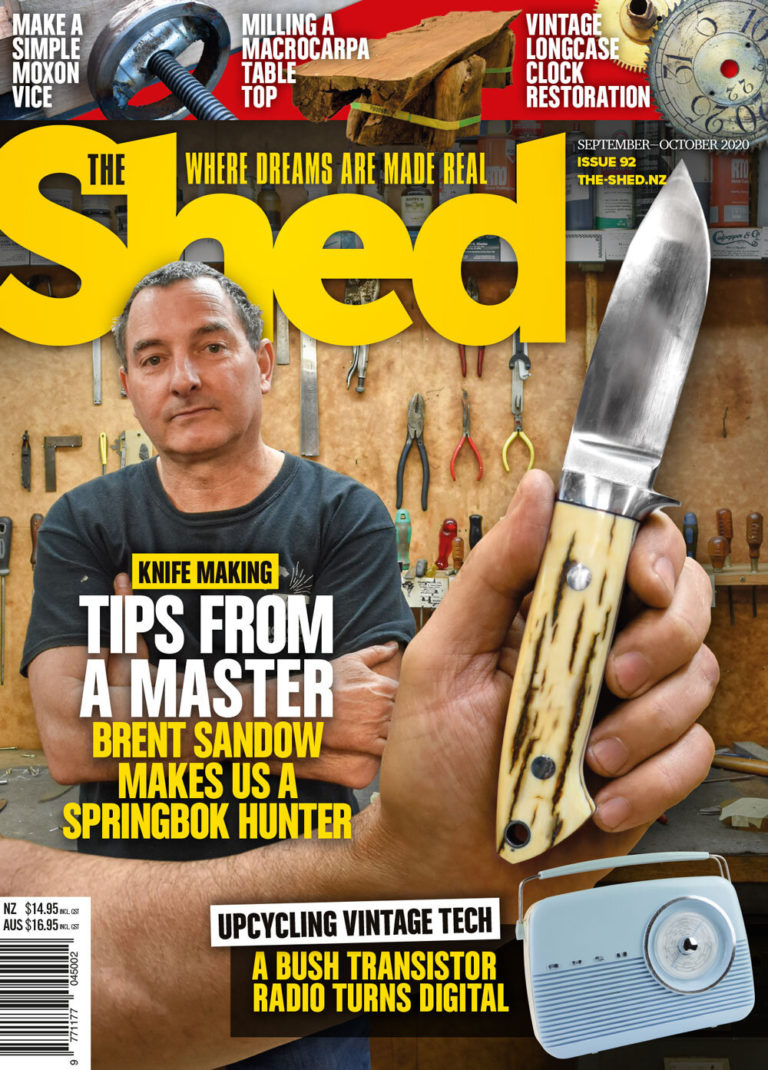
There’s a real treat for knife makers in the September/October Issue No. 92 of The Shed.
We head to the Auckland workshop of master knifemaker Brent Sandow to get insights into what makes him such a well-regarded exponent of the art. We watch and learn as he goes through the steps on how he makes a Springbok Hunter knife.
Get ready, secrets are shared.
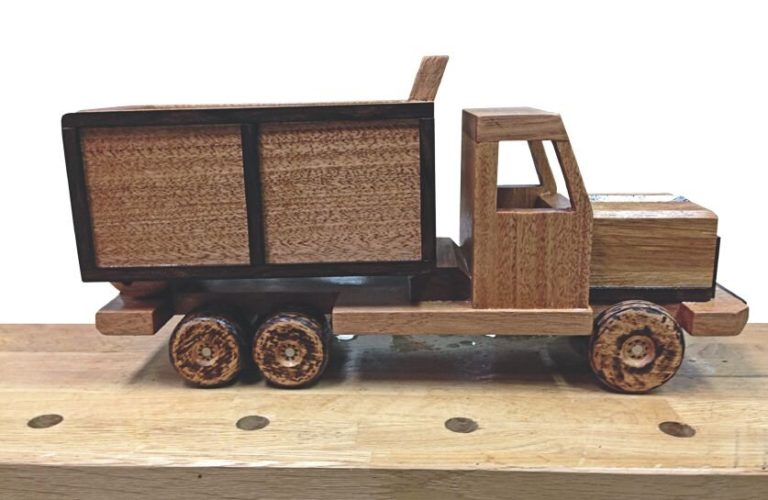
With toys, in particular, maintenance and reparability are important to ensure a long life. A broken plastic toy goes in the bin, whereas a well-designed wooden toy can make many trips to the repair shop over generations of play.

A vacuum former is a very handy piece of equipment to have around the home workshop.
It works quite simply: heated plastic is sucked rapidly and strongly over a pattern or formed shape. As soon as the plastic has set again, it retains the shape.
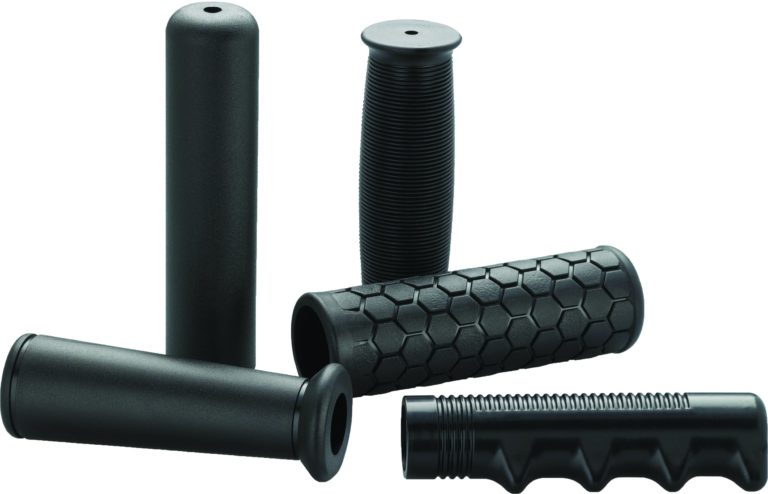
GripWorks’ very popular line of ‘Hunt Wilde’ injection-moulded FPVC grips come in a variety of styles, with local distributor Hi-Q Components stocking plain straight, ribbed nubbed, contoured bump, straight ribbed, tapered flanged, flanged rib-finned, and honeycomb options.

You can follow the basic design in this article or design your own version. Once you have absorbed some of the basics of furniture-making, there is a great sense of satisfaction in designing and making your own. As an amateur hobbyist, I find the process is just as important as the finished product itself, so to check this I decided I would try to make a scaled-down version of an adult chair with a curved back.
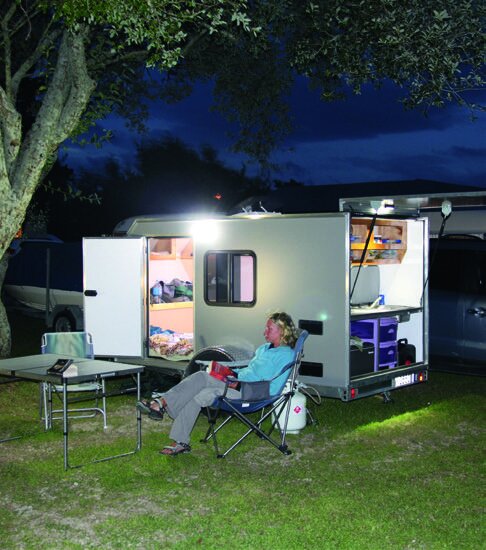
American teardrops first became common in the 1930s after DIY magazines such as Popular Mechanics published plans to build your own. The ultra-lightweight concept normally only sleeps a maximum of two adults in the cabin and has a small outside galley or kitchen at the back of the trailer. Often these campers weighed little more than 450kg and were very streamlined so were ideal for towing behind small cars or for long road trips.
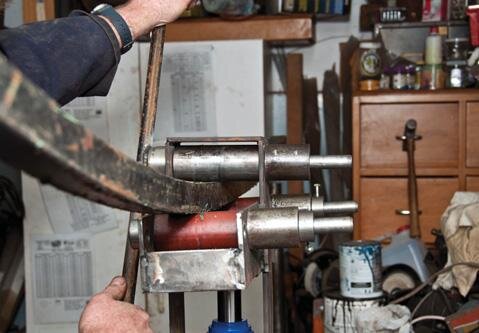
The solution was to use the offcuts and a cheap bottle jack to make a set of rollers that can bend the material into wide arcs. Since I had to buy the $39 jack, the budget was well and truly blown. But this ring roller will be useful for future projects.
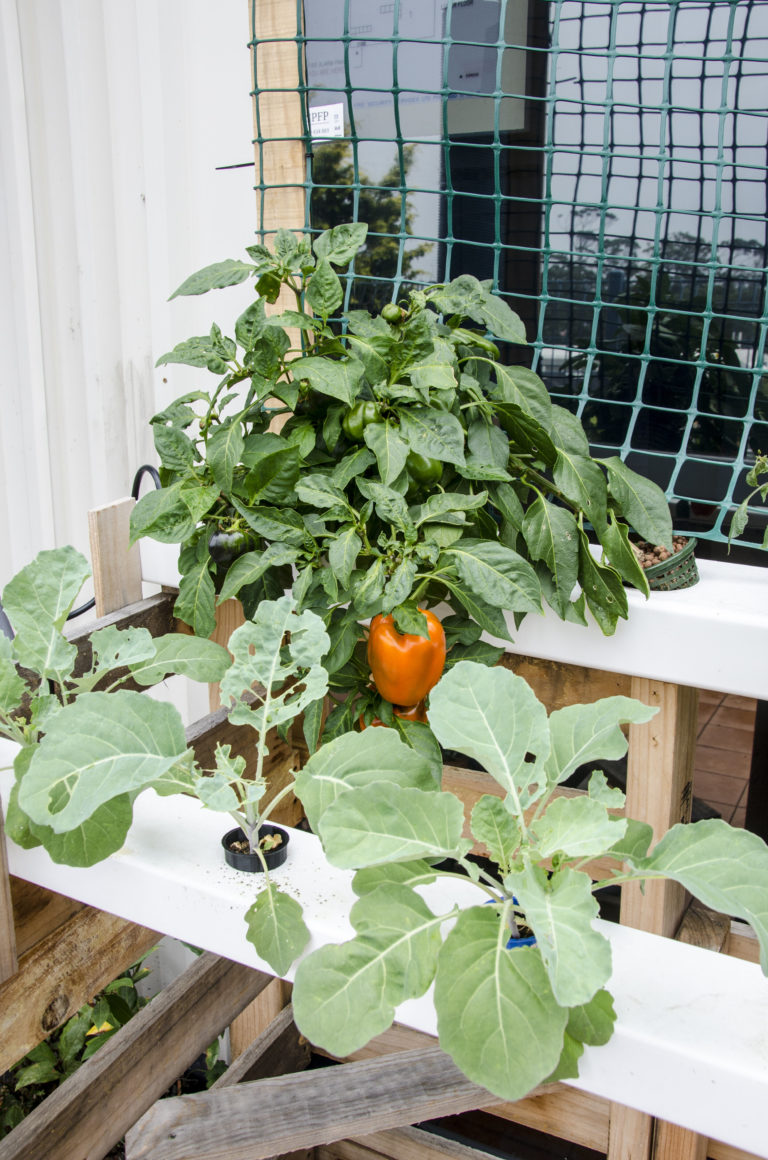
Hydroponics is all about growing without soil. In many ways, this simplifies the lot of the gardener, but it gives them added responsibility for providing plants with the right level of nutrients.
As water with nutrients tastes, feels, and looks much the same as plain water, a testing instrument called an “EC meter” or “CF meter” is used.

The design is not intended to be a high-performance, go-anywhere vehicle. It is a school project and therefore there are a few compromises in the design. It is economical to construct, achievable and straightforward for average Year 12 students. I might add, with some guidance.
It is also intended that most, if not all, of the Tools4work Level 2 mechanical engineering standards can be assessed against this project. Some of the techniques described may seem unnecessary, such as using a surface plate and scribing block for marking out, the design of the bearing retainers, or the generous use of a Bramley tube bender.

The Shed Issue 90 is finally in shops across Australia from today.
The COVID 19 virus disrupted all shipping so this issue of The Shed is over six weeks late to arrive in stores. Our apologies for that delay but we hope you find the wait was actually worth it. Check out the fully illustrated content rundown for this magazine.
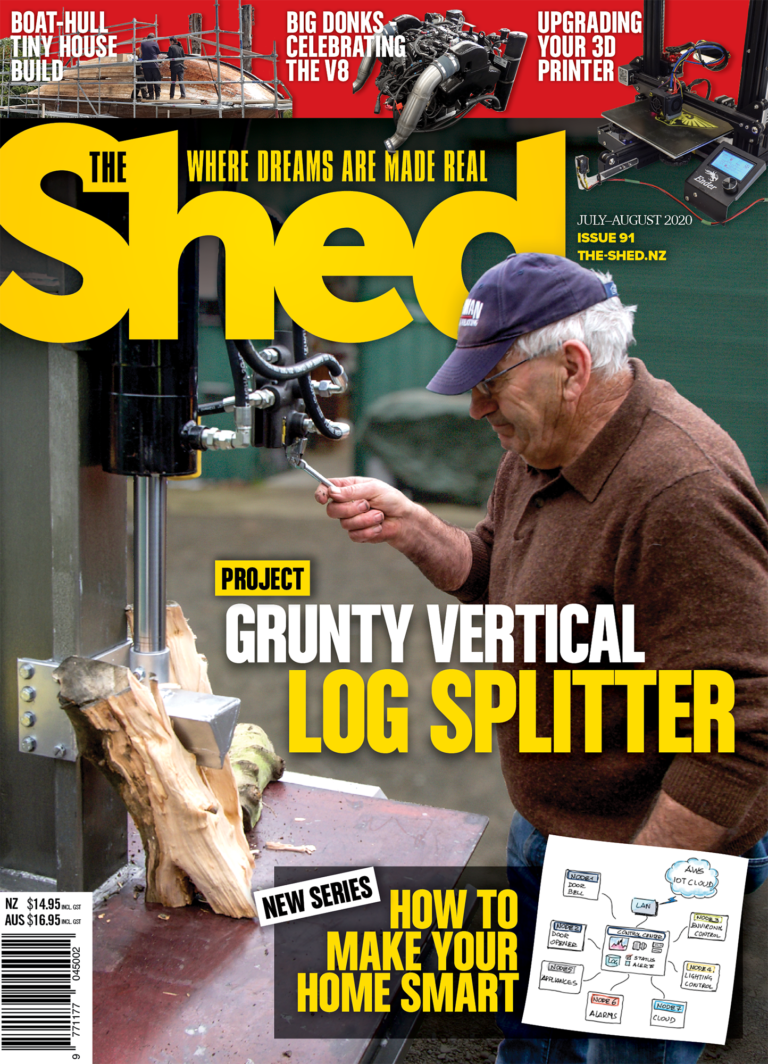
The July/August 2020 issue of The Shed, No. 91, has got something in it for every sheddie.
Even though there is something of a nautical theme to this issue, our cover story is on building a very powerful, vertical, hydraulic log splitter. Bill Stevenson from Christchurch walks us through the construction of his trailer-mounted log-splitting machine that was started prior to the Covid-19 lockdown, worked on during, and completed immediately after. A great effort.
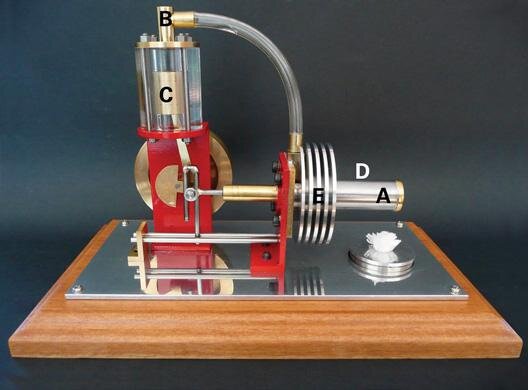
I always get a thrill at seeing one of my engines running for the first time. It was especially true for this one because I had had no previous experience in making such an engine. The engine runs at about 600 RPM with a good differential between the hot and cold ends of the displacer tube.
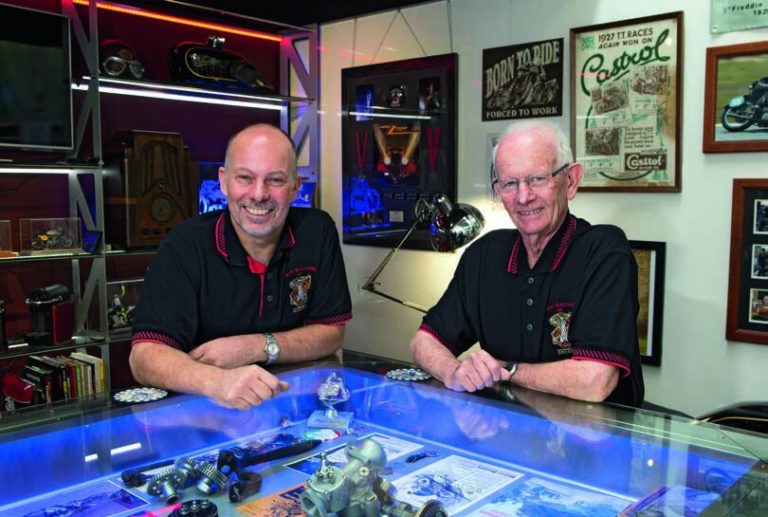
Most people have separate places for work, play, accommodation and their hobbies but Malcolm Anderson has successfully managed to combine them all into one.
Malcolm’s father, Bruce Anderson, has a passion for collecting and restoring motorbikes to the highest standard. One of his projects, a 1929 Harley-Davidson OHV Two-port Special that he restored from a pile of parts, now resides in the Harley-Davidson Museum in Milwaukee in America.
The Shed magazine is eclectic, informed, and always fascinating. Aimed at those with a few tools and perhaps a few clues: this is the magazine for real sheddies.
Packed with ideas, projects, advice, and peeks into other people’s sheds providing inspiration, ideas, and techniques, or just for the sheer enjoyment of the sheddie’s endless inventiveness, The Shed is the project enthusiast’s bible.
Sign up here to The Shed monthly email newsletter for exclusive reader offers.
Sign up here to The Shed monthly email newsletter for exclusive reader offers. For signing up, we’ll send you a free copy of The Shed, just simply put your postal address in the form.